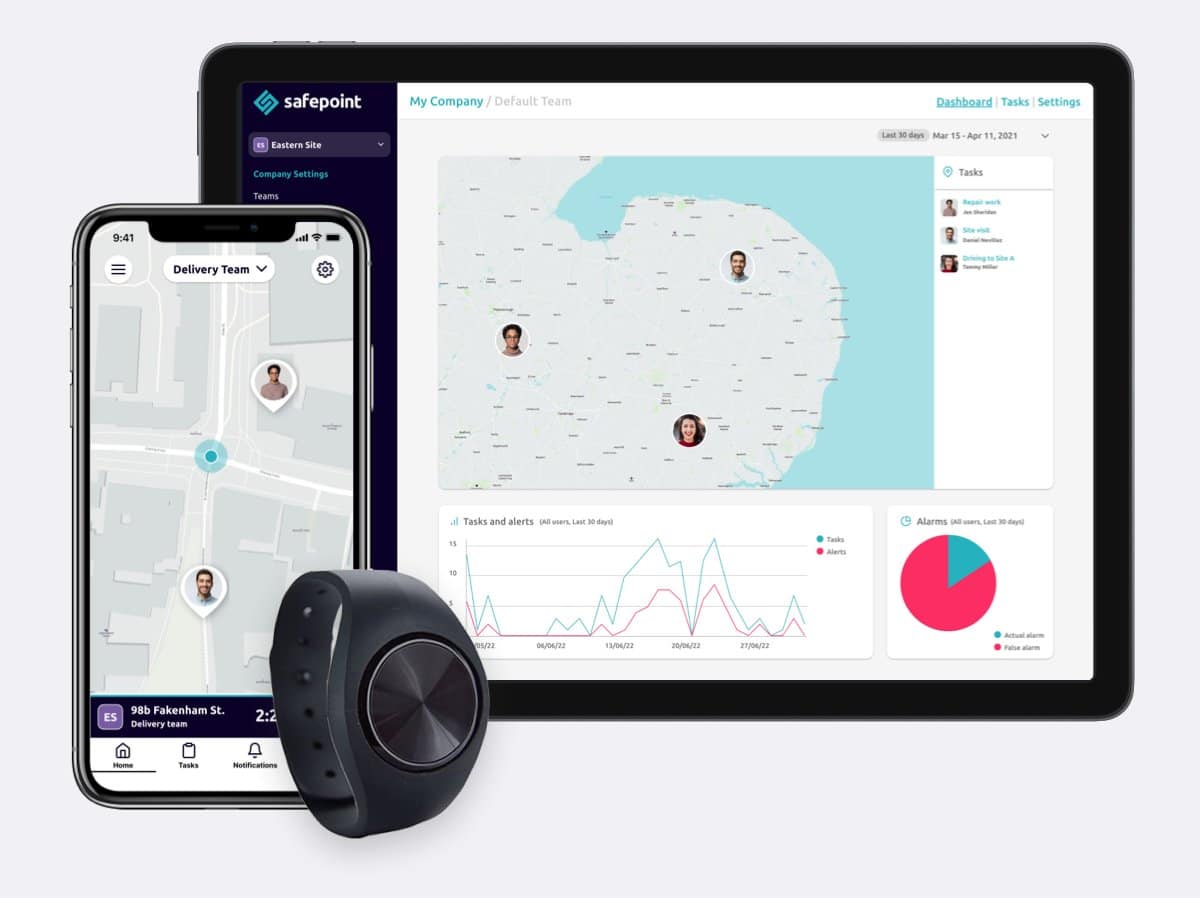
For those working outside in agriculture, construction, landscaping, oil and gas extraction, and transportation or delivery of agricultural products, the California OSHA requires employers to take many precautions to protect their staff from heat illness (find out more, here).
What we’re going to cover in this article, however, is how these laws on heat illness also provide better protection for lone workers. For instance, the legislation states that employers should ensure that:
“Effective communication by voice, observation or electronic means is maintained so that employees at the worksite can contact a supervisor when necessary. An electronic device, such as a cell phone or text messaging device, may be used for this purpose only if reception in the area is reliable.”
“Effective communication by voice, observation or electronic means is maintained so that employees at the worksite can contact a supervisor or emergency medical services when necessary. An electronic device, such as a cell phone or text messaging device, may be used for this purpose only if reception in the area is reliable. If an electronic device will not furnish reliable communication in the work area, the employer will ensure a means of summoning emergency medical services.”

In short, this means that organizations in the state of California have a duty to protect their outside workers with a means to call for supervision and emergency help. It also suggests that, if a worker is unable to be communicated with or supervised directly, they should be provided electronic communication tools to make this possible.
Below, we’ll show how Safepoint’s lone worker solutions can help businesses in California.

Lone working tools can be incredibly helpful for those that work outside. For instance, with Safepoint, workers are provided with an app and a wearable panic alarm.
If the worker taps the panic button on either device, or if they take a fall or are unresponsive, an emergency alarm is automatically sent out, alongside their live GPS location. This alarm is sent to the worker’s supervisors, meaning that the worker has the fastest possible response and the employer meets their safety and health responsibilities.
What’s more, organisations can take advantage of Safepoint’s 24/7 emergency GuardianPlus Alarm Receiving Centre. With GuardianPlus, Employers don’t have to worry about missing an emergency alarm.
If one of your team sends out an alarm, whether manually or automatically, our trained and accredited professional team will respond immediately –first by checking in on the worker, then by trying to contact the workers supervisors, and then, if appropriate, contacting the emergency services.
Award-winning safety management tools and a fully accredited response team.
Try it free today. No credit card required.